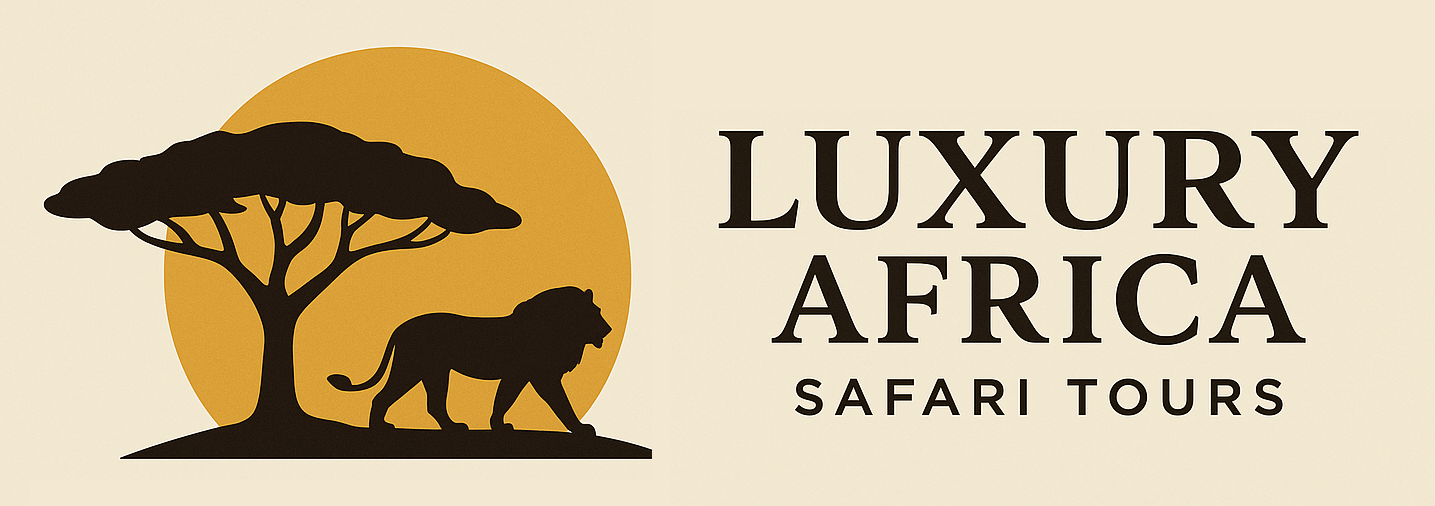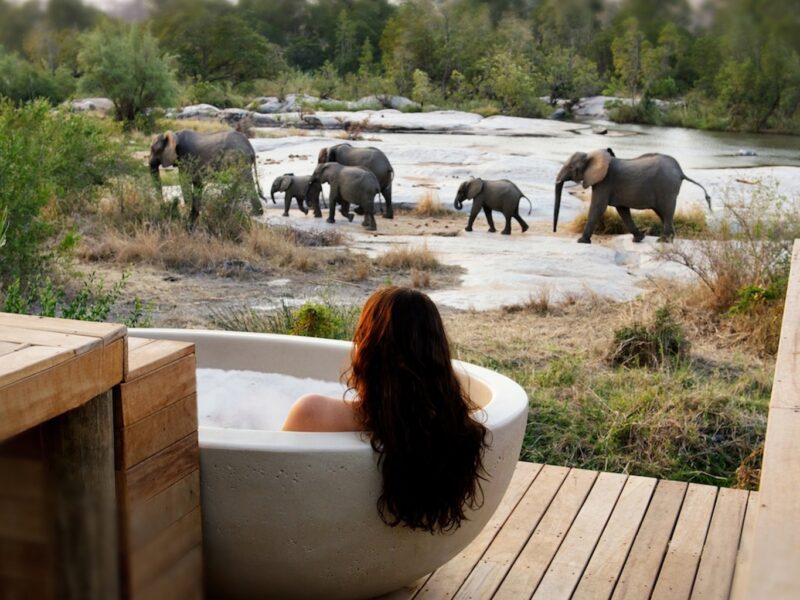The Serengeti Great Migration—Return to the Short Grass Plains—Part 4
We believe that this part of the migration, though less dramatic than river crossings or long-distance treks, is perhaps the most soulful. It’s where the story begins again, where nature slows just enough for you to reflect, connect, and truly remember memories born in the wild.
As the cycle of the Great Migration continues, Part 4 marks the herds’ return to the short grass plains in the southern Serengeti—a return to where the journey began. By late December through March, the migratory wildebeest, zebras, and gazelles complete their loop from the north and west, drawn back to the fertile plains of Ndutu and the surrounding areas for one critical reason: new life. This phase is both calming and intense, offering some of the most emotional and memorable wildlife encounters in all of Africa.
Why the Short Grass Plains Matter
The southern Serengeti and Ndutu regions transform into vast green pastures during the rains, providing rich, mineral-laden grasses ideal for lactating mothers and fast-growing calves. Unlike other areas in the ecosystem, these plains offer excellent visibility, allowing the herds to spot predators from afar—an important factor when survival depends on vigilance. This open landscape, combined with abundant nourishment, makes it the perfect calving ground and is the reason the migration always circles back to this same region.
Calving Season: A Miracle of Life and Risk
During this time, hundreds of thousands of wildebeest give birth, often within a narrow window of just a few weeks. It’s a staggering natural phenomenon—more than 8,000 calves born each day at its peak. These tiny newborns must stand, walk, and run within minutes of birth to avoid falling prey to predators. The sheer volume of new life is awe-inspiring, and it draws with it a corresponding surge in predator activity. Lions, cheetahs, hyenas, and jackals are ever present, and sightings of dramatic hunts or tender moments between mother and calf are frequent and unforgettable.
A Photographer’s Paradise
The return to the short grass plains offers some of the year’s best photographic opportunities. The dramatic contrasts of black storm clouds against golden grass, the soft light of early morning and late afternoon, and the unending motion of the herds all combine to create a scene of stunning natural beauty. Whether capturing a cheetah chase across open land or the quiet bond between a wildebeest and her calf, photographers are spoiled for choice in this season.
Experiencing the Migration at Its Core
This phase of the migration is less about movement and more about survival and growth. The herds don’t travel far but rather spread across the plains in a sea of grazing animals. Game drives during this time are unhurried and immersive. There’s time to sit and observe, to listen to the soft grunts and calls, and to feel the pulse of the land beneath you. Mobile camps around Ndutu are perfectly positioned to offer front-row seats to this spectacle, often with sightings just outside your tent at dawn.
A Journey Rooted in Instinct
There is something deeply moving about watching the wildebeest return to the same place they were born, now carrying calves of their own. It speaks to the ancient rhythm of the natural world, one that persists regardless of borders, droughts, or danger. The return to the short grass plains is the heart of the Great Migration—a reminder that even amid chaos and uncertainty, life finds a way to renew itself.




